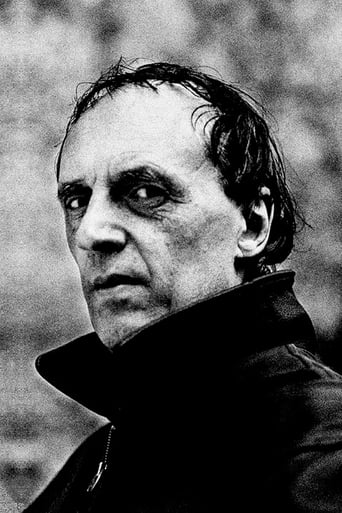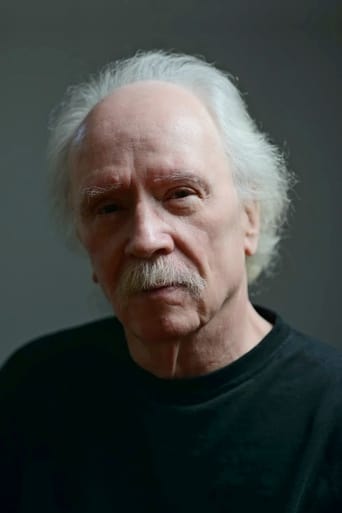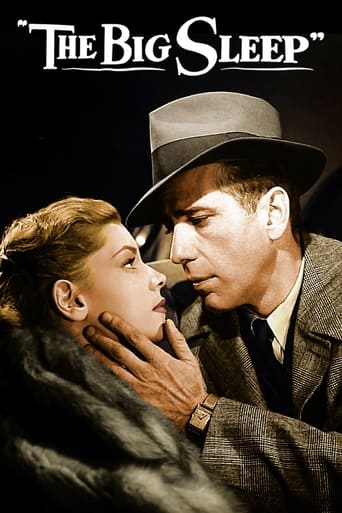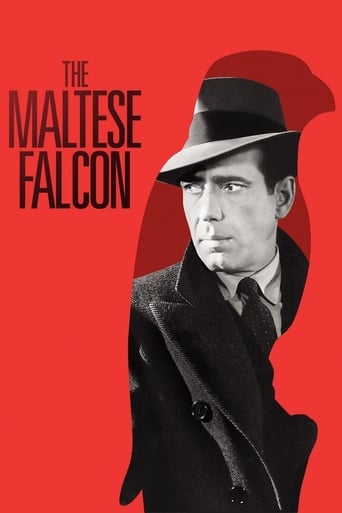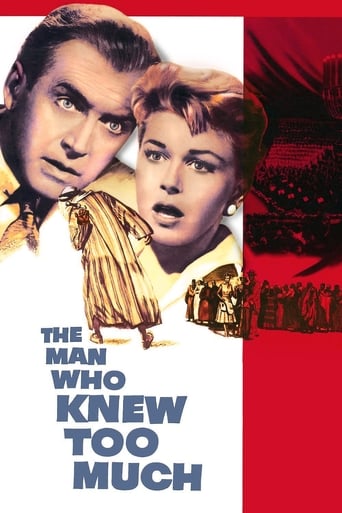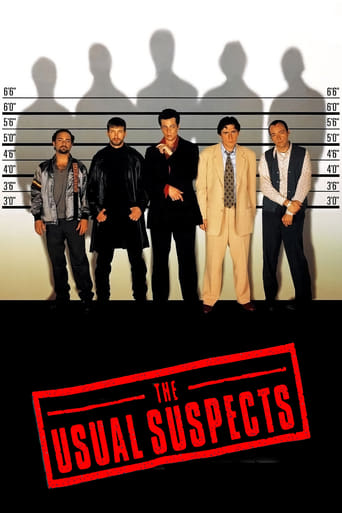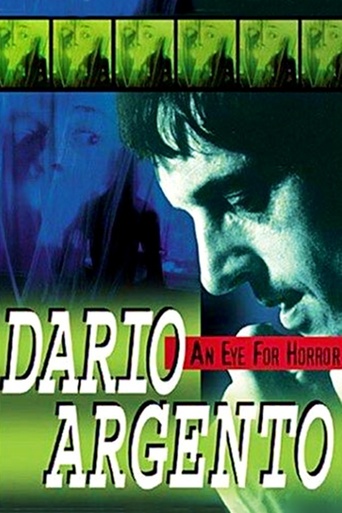
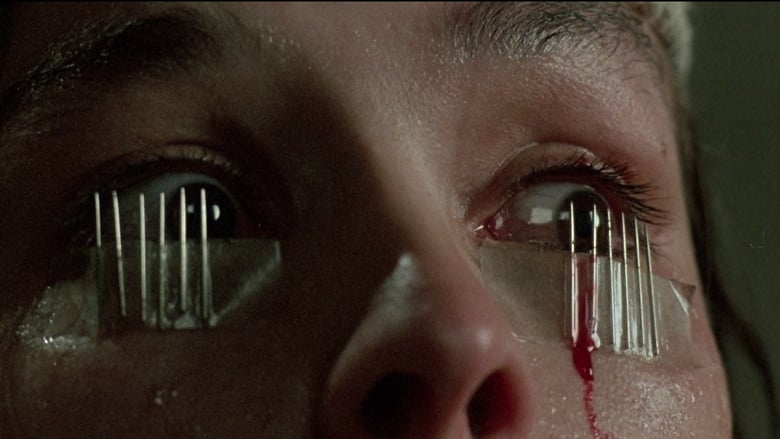
Dario Argento: An Eye for Horror (2001)
Documentary that explores Argento's film career.
Watch Trailer
Cast
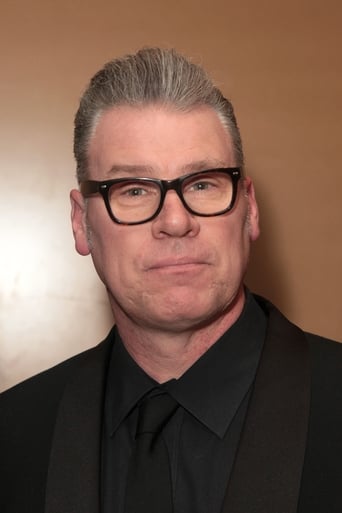
Similar titles
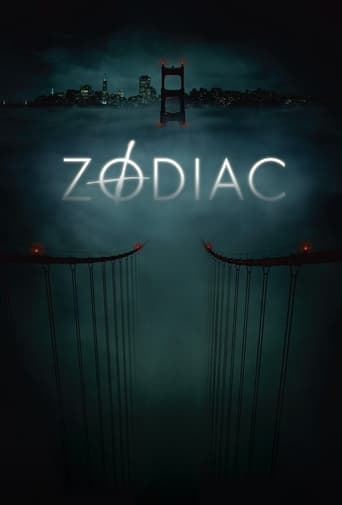
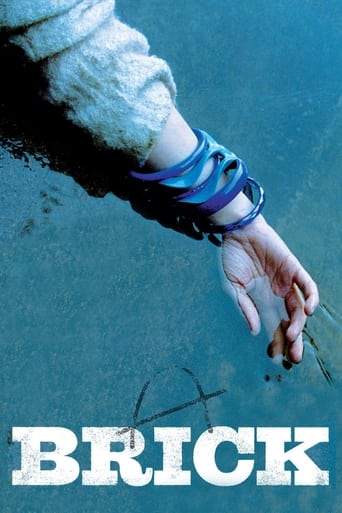

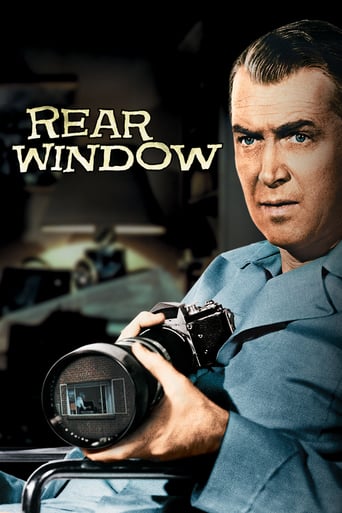
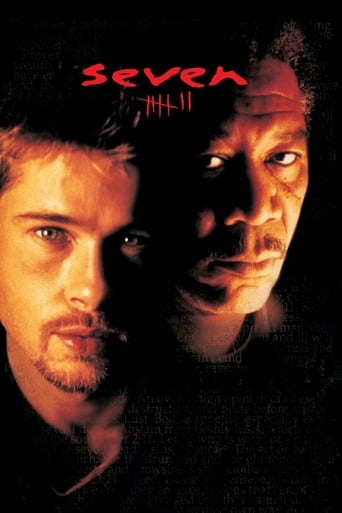
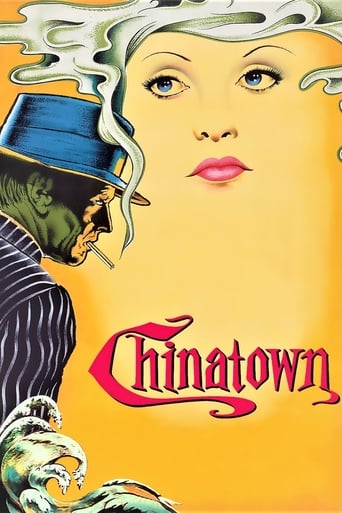
Reviews
Simply Perfect
Save your money for something good and enjoyable
Excellent but underrated film
It's entirely possible that sending the audience out feeling lousy was intentional
This is the one hour documentary made by Film Four in 2000 which was originally screened as part of an Argento season. On the plus side, there's plentiful interview footage with Argento, who goes into why he makes the films that he does (in his own Italian too, so none of his broken English), and other assorted and varied interviews with the likes of Michael Brandon, Luigi Cozzi, Alan Jones, Daria Nicolodi (briefly) and even Asia Argento. These interviews are fresh and entertaining, and even Tom Savini gets to talk at length about his various effects shots.However, I think they should have studied and perhaps reviewed Argento's movies a little more closely. Most of them are mentioned but not examined and some aren't even featured - THE STENDHAL SYNDROME for one. The documentary promised exclusive footage from the set of SLEEPLESS, which we get, but again it isn't even mentioned in Mark Kermode's voice-over. Nonetheless this is a watchable little item for fans of the genre, and professionally done.
Dario Argento: An Eye for Horror (2000) *** (out of 4) Good documentary not only interviews Argento himself but we also get a wide range of people who show up to give their thoughts on the Italian master. These people include John Carpenter, George Romero, Tom Savini, Claudio Simonetti, Daria Nicolodi, Piper Laurie, William Lustig, Jessica Harper, Keith Emerson, Alice Cooper, Claudio Argento, Fiore Argento and Asia Argento. The documentary does a pretty good job at looking at Argento's career from his writing credits on ONCE UPON A TIME IN THE WEST all the way up to SLEEPLESS, which we see when it's in production. Along the way we get to hear some pretty nice stories about the making of DEEP RED, SUSPIRIA, TENEBRE, OPERA, TRAUMA and TWO EVIL EYES. I was a little surprised to see how much is talked about in regards to some of his later work and this includes quite a bit on TWO EVIL EYES where we get a pretty funny story from Savini about Harvey Keitel's lawyers getting in touch with them about something. Another good story comes from Romero who talks about their meetings for DAWN OF THE DEAD. One of the most fascinating parts could make for its own documentary and it's when Asia talks about how uncomfortable she was with the nudity that her father made her do in TRAUMA. She then mentions how Dario had killed her mother in several films, killed her sister in a movie and how she was raped in a couple movies. As she said, this here is quite bizarre. DARIO ARGENTO: AN EYE FOR HORROR certainly isn't detailed enough to be the end all on the director but it's a pretty good tribute with enough famous faces to make it worth viewing.
After a cheap computer generated 'Dario Argento: An Eye For Horror' title card & a quick selection of brief clips a voice belonging to an author named Maitland McDonagh (who?!) says "The films of Dario Argento are the most boroke, most stylish, most inventively violent, most dream like, most nightmarish & most haunting films that the Italian horror cinema has ever produced", well I'm not sure about that to be honest & the butt kissing doesn't stop there. At first Dario Argento: An Eye For Horror concentrates on his early years citing that his Father was a big influence on him & that he used to read all the time, he eventually found the works of Edgar Allen Poe which apparently was his first introduction into the occult & horror. It describes his first job as a critic & writer when he eventually decided he could do a better job than other directors so became one himself, sounds logical I guess. The documentary progresses with various people spouting lots of analytical nonsense about why he's the best thing since sliced bread. Including the likes of George A. Romero who also recounts his experiences with Dario on Dawn of the Dead (1978), John Carpenter, William Lustig, Tom Savini who talks about making Trauma (1993) & some of the special effects along with actors in Dario's films like Jessica Harper from Suspiria (1977), Piper Laurie from Trauma, Micheal Brandon from Four Flies on Grey Velvet (1971) & his ex-wife Daria Nicolodi from Deep Red (1975), Inferno (1980), Tenebre (1982), Phenomena (1985) & Opera (1987). His two daughters Fiore & Asia make an appearance as well. The clips are quite sparse & the makers obviously had rights problems with certain titles like Inferno & Opera. For the last twenty odd minutes it show a fair amount of behind the scenes footage from Sleepless (2001). As a whole it's not overly insightful but there are a few decent anecdote's if you stick it out. Apparently Dario hates actually shooting a film & hates actors as well, not really a great surprise. There is also some brief footage of Dario signing autographs & the like but as a whole he isn't in it enough considering it's all about him. Worth a watch but don't expect any Earth shattering revelations, & Daria what's with the dark sunglasses?!
...if you enjoy his movies. Throughout his lengthy career as one of Italy's most famous horror directors of the "giallo" genre, I enjoyed about five or six of Dario's films. "PROFONDO ROSSO", "BIRD WITH THE CRYSTAL PLUMAGE", "FOUR FLIES ON GREY VELVET" and "SUSPIRIA". His last good movie was "TENEBRE" which was somewhere back in the early 1980's.The films he has pumped out in that time and now have all been regarded as either disappointing or "trash". The last film of his that I saw was "TRAUMA" which was painful to sit through. It seemed like somewhere overnight he just lost his 'spark' and 'touch' as that unique director with the nightmarish cinematic vision he had held for the good part of his career.The narrator of this documentary is obviously one of Dario's biggest fans. He gushes over a lot of his later movies as if they were cinematic treasure (including "TRAUMA" and "TWO EVIL EYES"). He also refers to Dario's daughter, Asia Argento, as "Ah-jee-a", which is a pretty unique spin on the word "ASIA" if you ask me!For Dario's fans, you will be shocked to see some of the interviewees they dragged out of semi-retirement/obscurity for this documentary. Those of you wondering whatever happened to Daria Nicolodi (who was featured in about four of his movies) gives some brief insight regarding her marriage to Dario and why she decided not to appear in any more of his films (she didn't think there were any more creative ways to kill off her characters!). She appears in this documentary as how you might have imagined her to look these days, but unfortunately she is wearing a big pair of sunglasses the entire time so you can't see her eyes (and we all know how much information you can gather just by looking at a pair of eyes).Another big surprise was seeing Jessica Harper (from "SUSPIRIA") who I swear looked exactly the same nearly 25 years ago! Except for the turkey waddle and the turtle neck she was wearing to try and disguise it, she has really kept herself looking well in all this time. Looking at her resume on the imdb, she hasn't completely disappeared from the film industry, but I guess I just hadn't seen the right "straight-to-video" or "made-for-television" movies that she has done in that time.The same goes for "straight-to-video perennial" Michael Brandon who offers some trivial commentary on his involvement in the film "FOUR FLIES ON GREY VELVET" and how after the filming wrapped, he was invited to a spooky mansion where Dario surprised him with a goodbye party. Juicy information for Dario enthusiasts, boring for everyone else who tuned in just to learn more about Dario. The only other actress from any of Dario's films who adds her two cents to this documentary is Piper Laurie who goes into great detail about her "brilliant death scene" in "TRAUMA" where she was apparently placed on a spinning chair to make it look like she was getting her head sliced off as her head spun around. I got a few chuckles out of Tom Savini who comments on that particular scene, and you can tell he really digs his craft with special effects.Horror director John Carpenter, Alice Cooper, George Romero and Keith Emerson also offer further insight and their personal opinions of Dario Argento. There are some brief notes from Dario's daughters, Asia and Fiore (both who have starred in his films). The best piece of information here is Asia explaining her nudity scene in "TRAUMA" and how she was uncomfortable with it, especially being directed by her own father and how she wasn't quite sure what was going through his mind to make him want to direct a scene like that. However, there is no animosity from either daughter toward their father and it seems like they all share a great deal of understanding.Some small tidbits include Dario's first big break in the "spaghetti Western" genre with his screen-writing credit of the ultra-violent "ONCE UPON A TIME IN THE WEST" which is also regarded as one of the best Western films of all time. I was also surprised that he was involved with "DAWN OF THE DEAD" as an uncredited contributer. Later, both he and George Romero would collaborate on a series of short films in the lackluster "TWO EVIL EYES".Dario enthusiasts will get a kick out of the violent scenes that are sprinkled through the documentary from "SUSPIRIA" (the dog attacking the blind man), "PROFONDO ROSSO" (the killer getting her head sliced off after her necklace gets caught in the elevator) and of course the above-mentioned scene involving Piper Laurie getting her head lopped off. For a one-hour documentary, this was satisfactory. However, I expected a lot more insight to Dario's career when he hit his peak in the late 70's. The narrator chose to examine the latter part of his career, which in my opinion, was and IS pretty much finished.
